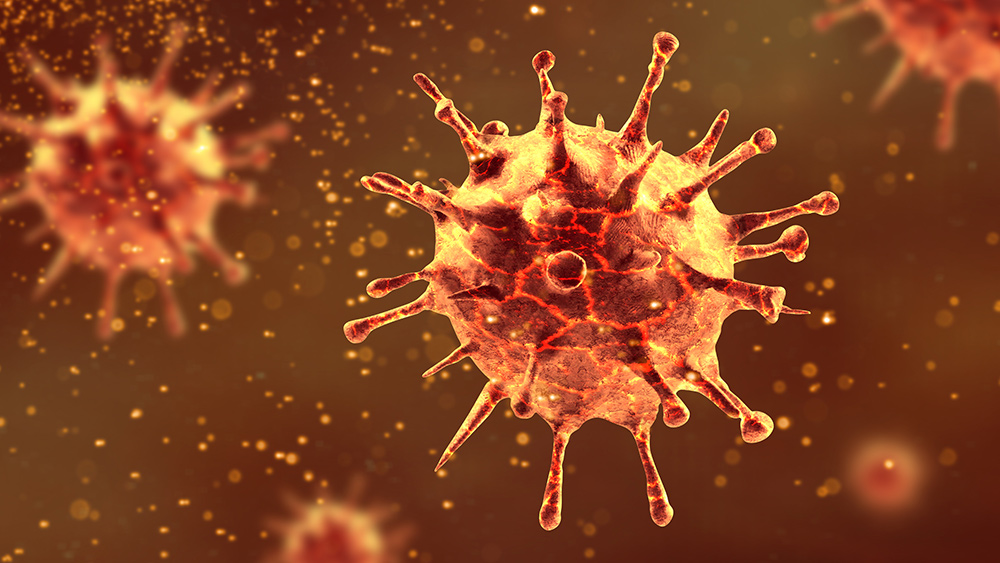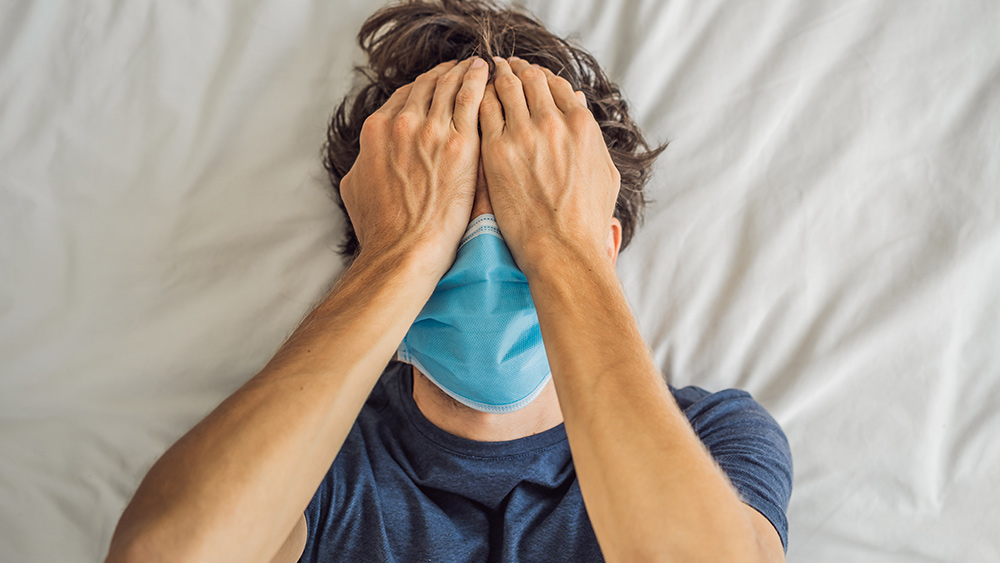
When 49-year-old Tracy Schofield first experienced symptoms like shortness of breath, fever and chills on March 30, she was given a test for COVID-19, which came back positive. She then spent two weeks self-isolating. She had a fever that got as high as 104.1 degrees, and Tylenol wouldn’t bring it down. She also said she lost her senses of taste and smell, reporting that she was unable to taste salt and vinegar potato chips or smell the strong scent of Vick’s VapoRub.
After she started feeling better and two weeks had passed, a second test came back positive, and six others she has taken in the meantime have also come back with the same result, even though her symptoms have largely disappeared, apart from some breathing difficulty.
When her eighth test overall came back negative, she was quite excited, but it takes two negative results in a 24-hour period to be considered recovered. When she took her ninth test less than 24 hours later, it came back positive – much to her surprise and dismay.
She told CTV News: “Whenever I get the test result, it’s like somebody punches me in the stomach.”
Although her doctors don’t think she is still contagious, they cannot explain why her tests keep coming back positive. The mother of three is now worried that she’ll have the disease forever. She said she did not have any pre-existing conditions, but the ongoing positive test results have her worried that she’ll suffer long-term complications from coronavirus.
In fact, she’s been cleared to return to her job as a registered practical nurse but is afraid that she will infect other people. She works in long-term care and is concerned about putting patients at risk.
Lots of questions about coronavirus still unanswered
Speaking to CBS News, Johns Hopkins Center for Health Security Senior Scholar Dr. Amesh A. Adalja said that persistent positive COVID-19 tests don’t necessarily mean a person still has the active virus; it could be detecting genetic material from the virus. He said that patients might cough up and excrete “viral debris” for some time afterward, and it may not necessarily indicate they are contagious.
He added that this is why the CDC has two different ways to determine if a person who was infected with coronavirus previously can leave isolation. The first is two consecutive negative results within 24 hours, and the second is passing seven days without symptoms and three days without a fever or fever medication.
As for the ongoing breathing trouble she’s experiencing, he said it could be due to the damage caused to her body by the virus when she had it rather than an ongoing infection.
According to the CDC, the virus might be detectable in the lower or upper respiratory tract for several weeks after becoming ill with the disease, and the actual duration of viral shedding and infectiousness period aren’t yet known.
That’s why it remains incredibly important to proceed with caution, treating everyone you encounter as potential carriers of the disease. Given that a large percentage of people with the virus won’t display any symptoms at all, there really is no way of telling. That's why wearing a mask in public and washing your hands frequently is absolutely vital now that places are opening up again and lives are starting to return to normal.
Sources for this article include:
Please contact us for more information.























